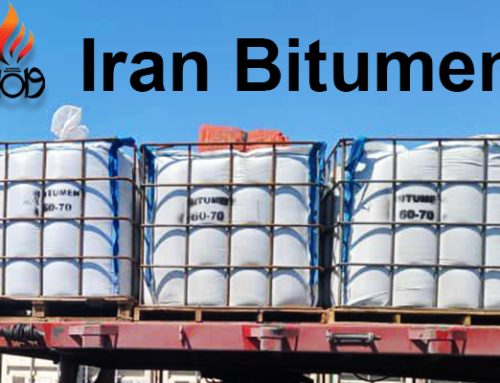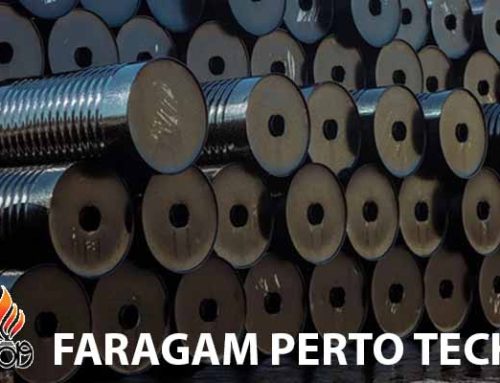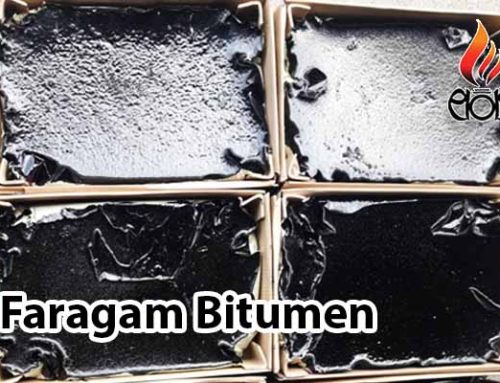
How Is Oxidized Bitumen Used in Construction?
Oxidized bitumen, also known as blown bitumen, is a semi-solid material derived from air-blown penetration-grade bitumen. It is a highly durable, waterproof, and flexible binder widely used in construction, waterproofing, and industrial applications. Its enhanced thermal stability and resistance to deformation make it a preferred choice in various industries.
How Oxidized Bitumen Is Produced
The production process of oxidized bitumen involves blowing hot air through soft bitumen under controlled temperature conditions, typically between 230°C and 300°C.
During this process, oxygen reacts with hydrocarbons, causing polymerization and the formation of asphaltenes. This chemical transformation changes the bitumen’s structure, increasing its softening point while reducing its penetration value.
The result is a material that remains solid at high temperatures but still retains flexibility at low temperatures — a balance essential for long-lasting performance.
The final product’s grade (e.g., 115/15, 90/40, 85/25) is determined by its softening point (°C) and penetration (dmm).
Main Properties of Oxidized Bitumen
Oxidized bitumen stands out due to its unique physical and chemical characteristics.
Below are the most important properties:
-
High Softening Point: Resistant to high temperatures without melting.
-
Low Penetration: Ensures excellent hardness and mechanical strength.
-
Waterproof and Chemical Resistant: Provides a long-lasting barrier against moisture, acids, and alkalis.
-
Excellent Adhesion: Bonds strongly to surfaces such as concrete, metal, and wood.
-
Thermal Stability: Maintains performance under both hot and cold conditions.
Because of these properties, oxidized bitumen performs reliably in environments where temperature fluctuations or chemical exposure are common.
Common Applications in Construction and Industry
Oxidized bitumen is a versatile material used across multiple sectors. Its applications include both construction and industrial purposes:
1. Waterproofing and Roofing
One of the most common uses of oxidized bitumen is in roofing felt, membranes, and waterproofing sheets. It forms a durable, watertight coating that prevents leaks and protects buildings from moisture damage.
2. Road Construction
In road building, oxidized bitumen serves as a modifier or binder to improve the durability of asphalt mixtures. It enhances resistance to rutting, cracking, and deformation caused by heavy traffic or extreme weather.
3. Pipe and Metal Coating
The corrosion-resistant nature of oxidized bitumen makes it ideal for pipe coating and metal protection. It prevents rust and chemical attack, especially in industrial and marine environments.
4. Electrical and Insulation Materials
Due to its dielectric properties, oxidized bitumen is also used as an insulating compound in electrical cable manufacturing and capacitor production.
5. Other Industrial Uses
It is also found in the production of adhesives, sealants, mastics, paints, and varnishes. In each of these, it provides structural strength and waterproofing capabilities.
Popular Grades of Oxidized Bitumen
Oxidized bitumen is available in different grades depending on the required application and climate conditions.
Some of the most widely used grades include:
-
Bitumen 115/15 – For roofing, waterproofing membranes, and industrial coatings.
-
Bitumen 90/40 – Suitable for road and asphalt modification.
-
Bitumen 85/25 – Common in adhesive and sealant production.
These grades are classified according to penetration (dmm) and softening point (°C), ensuring that engineers and contractors can select the right material for their project’s needs.
Conclusion
Oxidized bitumen is an essential construction material that combines durability, waterproofing, and temperature stability. Its wide range of applications — from roofing and waterproofing to asphalt modification and insulation — makes it a cornerstone of modern infrastructure and industrial production.
Whether used in large-scale civil engineering projects or specialized industrial processes, oxidized bitumen continues to play a crucial role in building long-lasting and resilient structures worldwide.
Discover what oxidized bitumen is, how it’s made, and why it’s essential in waterproofing, roofing, and road construction industries worldwide.



